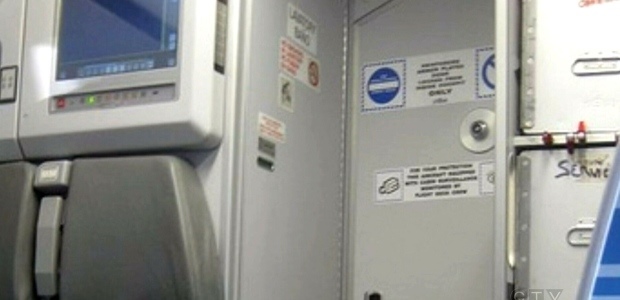
DOT Inspector General Opens Audit of Airline Flight Decks' Safety
The audit will examine how FAA mitigates the risk of intentional pilot actions.
The U.S. Department of Transportation’s Office of Inspector General announced it has begun an audit of FAA's oversight of commercial airline flight deck security. Sen. Dianne Feinstein, D.-California, asked the OIG to examine how FAA mitigates the risk of intentional pilot actions.
The OIG announcement, dated Sept. 22, cites the March 2015 Germanwings Flight 9525 crash in the Alps, killing all 150 people on board, and says at least four other incidents since 1994 have been identified in which a pilot was suspected or confirmed to have intentionally caused the crash—most notably the October 1999 EgyptAir 990 crash in the Atlantic Ocean off Nantucket, Mass., with all 217 aboard killed in the crash. "Additionally, in March 2012, JetBlue Airways Flight 191 was diverted after the first officer locked the captain out of the cockpit due to the captain's erratic behavior. The flight landed safely, but the captain had to be subdued by passengers during the incident and was later criminally charged with interference with a flight crew," it states.
Feinstein asked that the audit examine how FAA mitigates the risk of intentional pilot actions against the aircraft, air crew, and passengers; whether current aviation industry cockpit security and hiring standards are sufficient to ensure aviation safety; what steps FAA takes to evaluate pilots' psychological health; and whether FAA's oversight of commercial airlines is sufficient to ensure cockpit security measures are implemented effectively.
The audit will assess the effectiveness of FAA's actions to identify vulnerabilities in flight deck security and to mitigate them. A second audit will be conducted to address pilot hiring and psychological assessments.